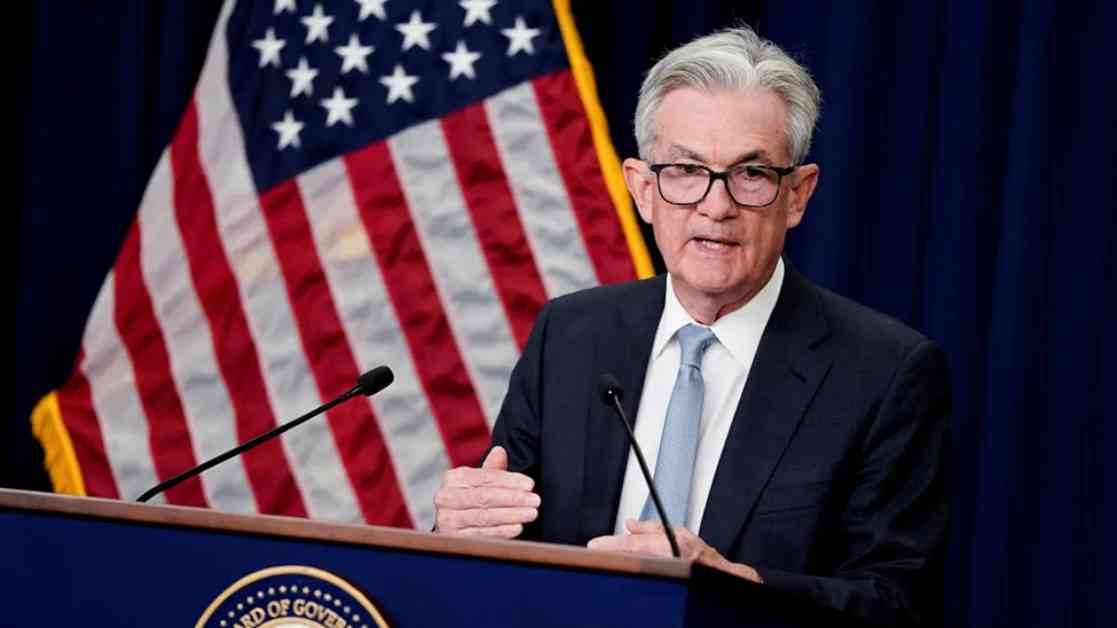Federal Reserve’s Next Move: Deciphering Latest Inflation Trends
Fresh inflation data released this week poses a crucial question: Will the Federal Reserve maintain interest rates at its upcoming meeting? The numbers indicate that the central bank is leaning towards maintaining the status quo, but what implications does this hold for the economy and potential rate adjustments? Let’s delve deeper into the intricacies of this unfolding scenario.
How Has Inflation Evolved?
The recent Consumer Price Index (CPI) report for December unveils a subtle yet noteworthy shift. Looking at the “core” metrics, which exclude the volatile expenses of food, gas, and oil price fluctuations, inflation experienced a 0.2% uptick compared to the previous month’s 0.3% surge. This signifies the initial dip in core inflation after being stagnant at 3.3% for three consecutive months, with the current year-over-year core inflation standing at 3.2%.
But the real question looms: Does this marginal decline hold significance? According to experts, it does. The latest inflation figures affirm the likelihood of the Fed abstaining from a rate cut at the imminent January meeting.
Why Is the Fed Inclined Towards a Pause?
Scheduled for January 28-29, the Federal Reserve’s upcoming meeting is anticipated to maintain the existing interest rates, as per prevailing expert opinions. The central bank has already implemented substantial rate cuts in 2024, slashing them by a full percentage point. By holding rates steady, the Fed aims to evaluate the impact of these reductions on inflation and the broader economic landscape.
Economic strategists at Morgan Stanley Wealth Management echo this sentiment, emphasizing that while the recent report may not alter expectations for a rate pause this month, it could potentially temper discussions regarding rate hikes.
Is Inflation Truly Under Control?
Despite the deceleration in inflation rates, the pace of progress remains painstakingly gradual. Claudia Sahm, a former Federal Reserve economist, acknowledges the headway made in curbing inflation but underscores the sluggish nature of this advancement. While no rate cuts are anticipated this month, the possibility of future reductions later in the year persists.
New York Fed President John Williams acknowledges the ongoing disinflation but cautions against expecting a smooth trajectory. He highlights uncertainties in the economic horizon, including probable policy shifts under the current administration, as potential hurdles in the path to stability.
What Are Fed Officials Conveying?
Maintaining a cautious stance, Fed policymakers express reservations about the enduring nature of inflation. Insights from their December meeting reveal apprehensions regarding the prolonged persistence of inflation below the 2% target, particularly in light of potential alterations in fiscal and trade policies.
The minutes underscore the following key points:
– Officials envision the eventual attainment of the 2% inflation goal, albeit over an extended timeline.
– Some members express concerns about the temporary stall in disinflation.
– There’s a growing apprehension that inflation pressures could prove more resilient than anticipated.
This prudent approach is reflected in the Fed’s revised rate cut projections for 2025, scaling down from four cuts to just two.
Are Rate Cuts on the Horizon?
Fed Governor Michelle Bowman advocates for a cautious approach towards future rate adjustments, characterizing the current Fed stance as a “policy recalibration.” Emphasizing that rate cuts should be perceived as the final phase in this strategic realignment process, she urges a measured approach.
Kansas City Fed President Jeff Schmid, a voting member of the Federal Open Market Committee (FOMC), aligns with this measured strategy, asserting that the economy is poised at a juncture necessitating neither restraint nor reinforcement. He underscores the importance of gradual rate modifications.
Boston Fed President Susan Collins echoes this sentiment, advocating for patience and meticulous decision-making in a landscape fraught with uncertainty.
What’s the Bottom Line?
In the present scenario, the Federal Reserve is exercising prudence, navigating the evolving inflation landscape with caution. While there are signs of improvement in inflation, the pace remains gradual, with future trajectories shrouded in uncertainty. Whether you’re a business proprietor, an investor, or a consumer, comprehending the Fed’s measured approach can empower you to make informed financial decisions.
So, where do you stand on this issue? Do you believe the Federal Reserve is striking the right balance between combating inflation and fostering economic growth?












